Have you ever walked past a blank wall and wished it could tell a story? Or wondered how a dull city space could become a place where people gather and smile? Many communities face these exact problems. Empty spaces can make neighbourhoods feel lifeless, and people often feel disconnected from each other and their surroundings. But there’s a powerful solution that’s transforming cities and bringing people together: public art.
Public art isn’t just about making things look pretty. It’s a way to breathe life into communities, spark conversations, and even tackle big social issues. From colourful murals that brighten up city streets to interactive sculptures that get people talking, public art is changing the way we see and experience our world. It’s turning boring spaces into exciting places where culture thrives and communities come alive. In this post, we’ll explore how public art, community murals, and participatory art initiatives are reshaping our cities and bringing people closer together. Get ready to discover the amazing power of creativity in public spaces!
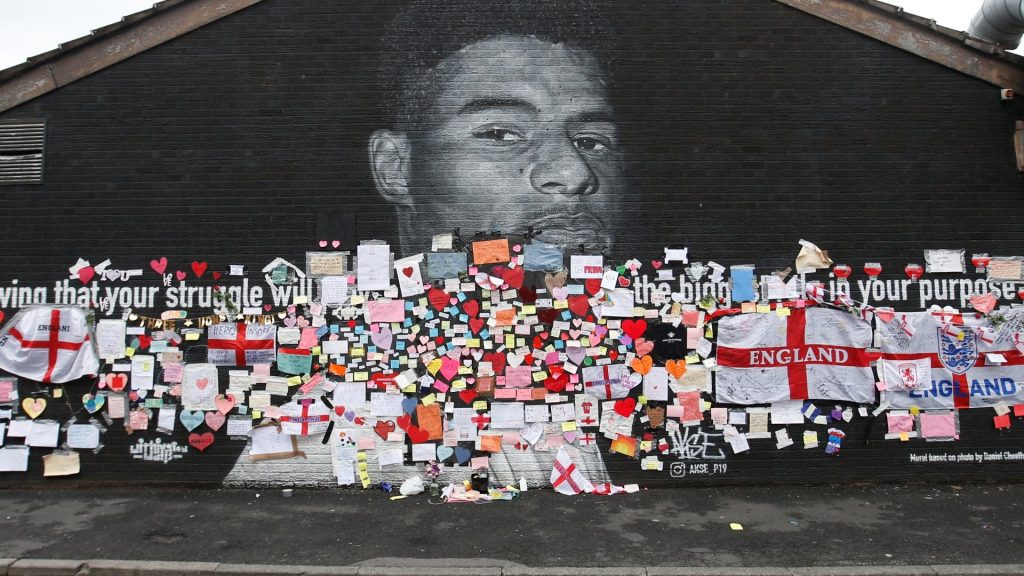
The Many Faces of Public Art
Public art is like a big, colourful storybook for our cities. It comes in many forms, each with its own special way of making our shared spaces more exciting and meaningful. Community murals are like giant paintings on walls that tell stories about the people who live there. These murals often show local history and culture, and the best part is that everyone can help create them! It’s a great way to turn boring walls into something beautiful that the whole neighbourhood can be proud of.
But public art isn’t just about paintings. There are also cool sculptures that you can find in parks and city squares. Some look like traditional statues, while others are big, abstract shapes that make you think. These sculptures often become famous landmarks, like “The Bean” in Chicago, which has become a symbol of the city. And then there’s interactive public art, which is super fun because you can touch it, play with it, or even become part of it! For example, there’s a fountain in Chicago where digital faces appear on big screens, and people can splash in the water. It’s like art and a playground all in one! All these different types of public art help make our cities more interesting and bring people together in creative ways.
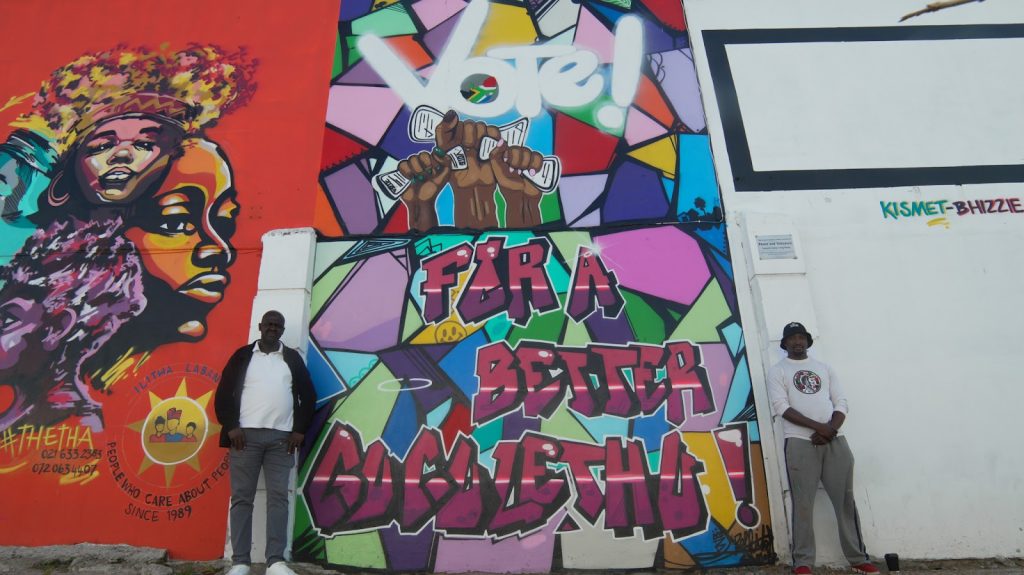
Art as a Catalyst for Social Change
Art isn’t just about making things look pretty – it’s a powerful way to speak up and make a difference. Street art, for example, is like a megaphone for important messages. Artists use walls, sidewalks, and even entire buildings to share ideas about social issues. Remember those big “Black Lives Matter” murals painted on streets across America? That’s a perfect example of how art can support a movement and get people talking.
Feminist artists are also using public spaces to fight for equality. They create art that shows women’s experiences and achievements, helping to balance out a world where men’s stories have often been told more. And it’s not just about paintings or sculptures – digital art is changing the game too. Artists can now share their work online, reaching millions of people in seconds. They’re using everything from funny memes to virtual reality to get people thinking about important issues like climate change. By using art in these creative ways, artists are helping to open people’s eyes, change minds, and inspire action on big social problems.
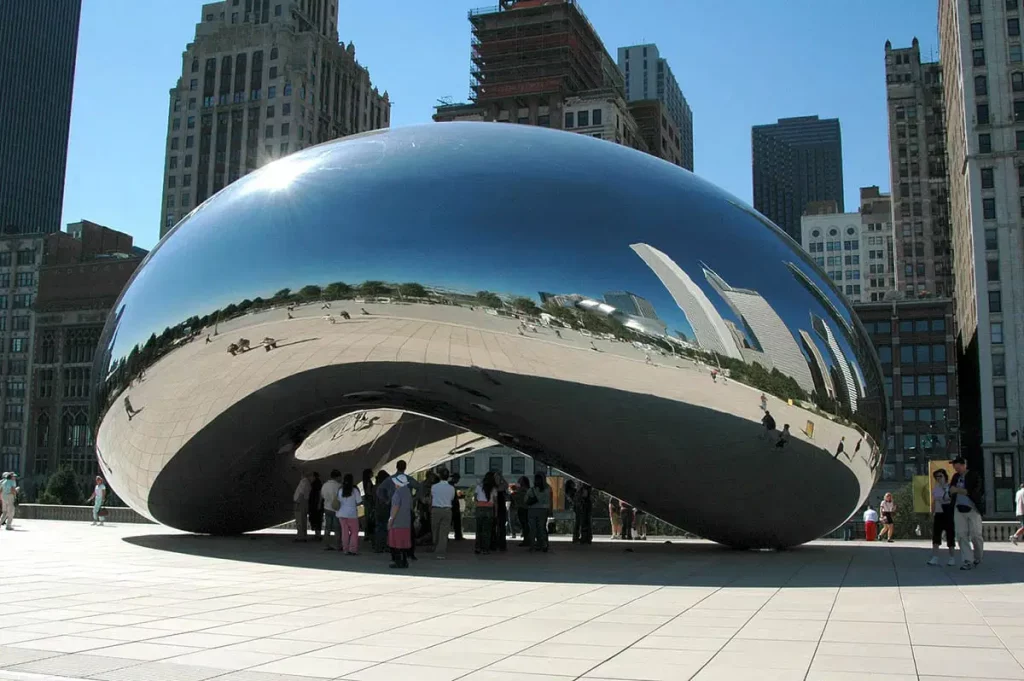
Preserving Culture and Building Identity
Public art is like a time machine that helps us remember where we come from and who we are. It’s a colourful way to keep our cultural stories alive and kicking. Think about murals that show important moments from a community’s past or sculptures that celebrate local heroes. These artworks are like big, beautiful history books that everyone can see and enjoy. They help us hold onto our traditions and share them with new generations.
But public art doesn’t just look back – it also helps shape who we are today. When a community creates art together, it’s like they’re painting a picture of their shared dreams and values. These artworks often become famous landmarks that people use to identify their neighbourhood or city. Just think about how “The Bean” in Chicago has become a symbol of the whole city! Public art also helps bring different cultures together. When you see artwork from various backgrounds in one place, it’s like a celebration of diversity. It helps us understand and appreciate each other better. By mixing the old with the new and bringing different cultures together, public art helps build strong, proud communities where everyone feels like they belong.
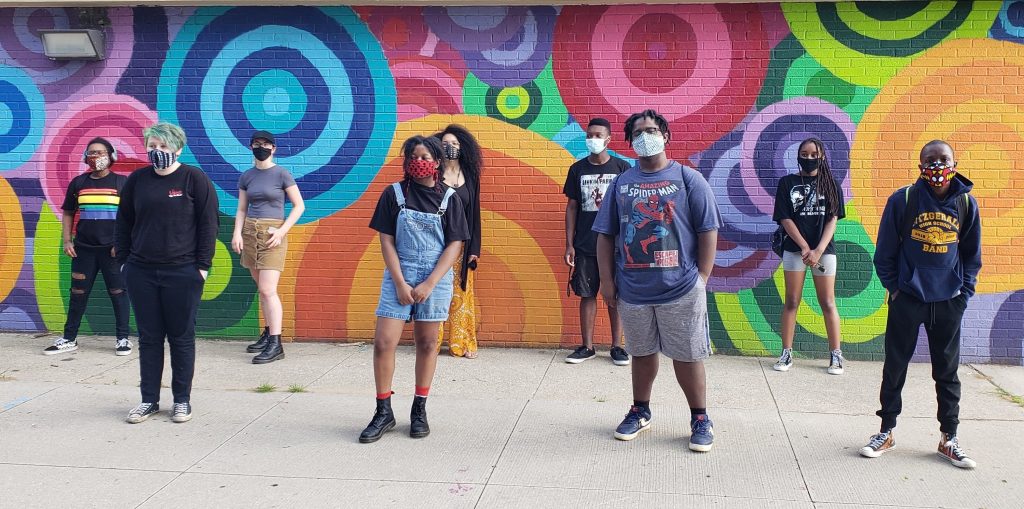
Engaging Communities Through Art
Art has a special power to bring people together and make positive changes in neighbourhoods. Community murals are a great example of this. These big, colourful paintings tell stories about local history and culture. The best part is that everyone can help create them! In Philadelphia, the Mural Arts Program has made thousands of murals. This project has turned boring walls into beautiful landmarks that neighbours are proud of. It’s not just about making things look nice – it’s about bringing people together and giving them a chance to share their stories.
But murals are just the beginning. There are lots of other ways art can get people involved. Some artists create interactive installations that anyone can be part of. Others run workshops where people can learn new art skills and make things together. And don’t forget about community art festivals! These celebrations show off local talent and give everyone a chance to enjoy art. These projects do more than just make art – they help build connections between people and give them a sense of ownership over their shared spaces. When people work together on art projects, they often find new ways to solve local problems too. Art becomes a tool for bringing different groups together, starting conversations, and making everyone feel like they belong.
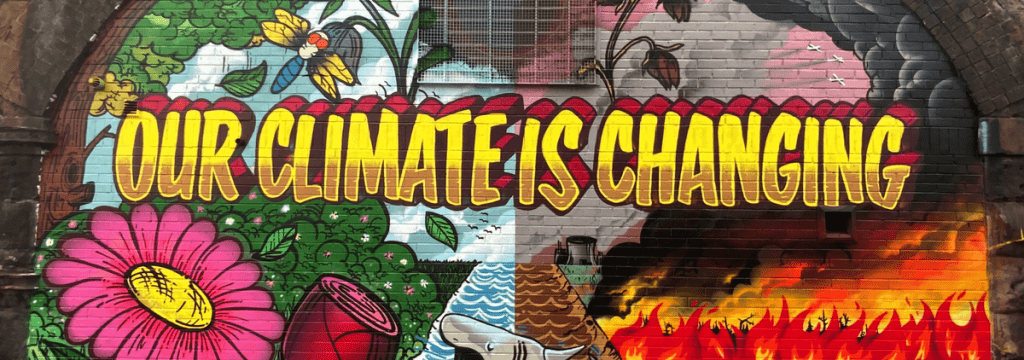
The Environmental Impact of Public Art
Public art can have a significant positive impact on the environment. Artists are increasingly using eco-friendly materials and sustainable practices to create their works. For example, many public art projects incorporate recycled materials, turning waste into beautiful sculptures or installations. This not only beautifies public spaces but also raises awareness about environmental issues. Artists like Jason deCaires Taylor create underwater sculptures that serve as artificial reefs, promoting marine life while making a statement about ocean conservation.
Moreover, public art can educate communities about environmental challenges. Murals and installations often depict themes related to climate change, pollution, and biodiversity loss. These artworks encourage viewers to think critically about their relationship with nature. Projects like the Climate Clock visually represent the urgency of climate action, making complex ideas more accessible to the public. By integrating art with environmental advocacy, artists can inspire action and foster a deeper connection between communities and their surroundings. Public art thus serves not only as a form of expression but also as a vital tool for promoting environmental awareness and sustainability.
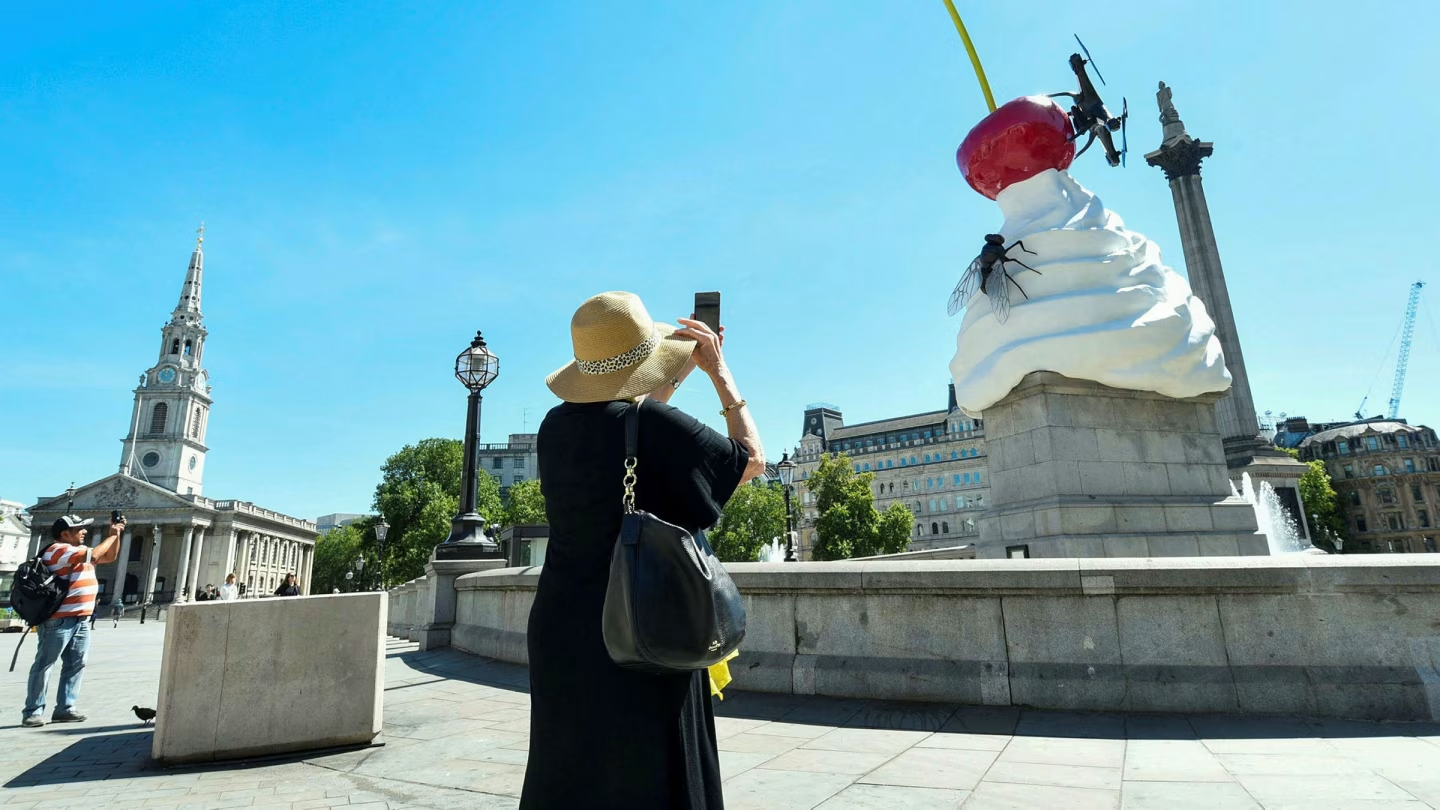
Overcoming Challenges in Public Art
Overcoming challenges in public art is essential for creating meaningful artworks that enrich our communities. One of the biggest hurdles is securing funding for these projects. Many cities have programs that allocate a percentage of construction budgets for public art, but artists often need to seek additional grants from government agencies and private foundations. Crowdfunding and community fundraising can also support smaller projects. For example, the “Percent for Art” program in various U.S. cities ensures that some funds are always set aside for artistic endeavours, helping to bring more art into public spaces.
Accessibility is another important challenge. Public art must be accessible to everyone, including people with disabilities. This means creating multi-sensory experiences and providing information about artworks in different formats. Curating public art also requires balancing artistic vision with community desires and safety concerns. Engaging the community early on is crucial, as it helps build support and ensures that the art reflects local values. Programs like Sculpture Milwaukee engage the community through tours and educational events, fostering a sense of ownership. By addressing these challenges through thoughtful strategies and community involvement, public art can thrive and make lasting contributions to urban environments.
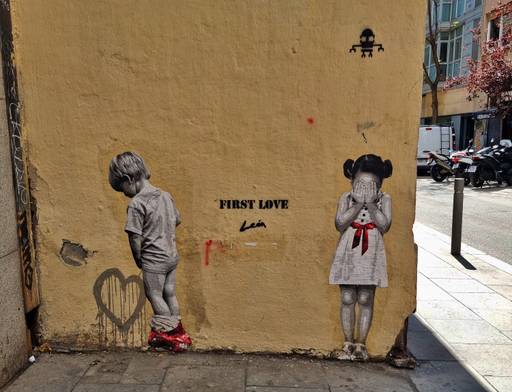
Conclusion
Public art is more than just decoration – it’s a powerful tool for community transformation. By embracing creativity, we can turn ordinary spaces into extraordinary experiences that connect people, celebrate diversity, and spark meaningful conversations. Whether you’re an artist, community member, or art lover, you have the power to make a difference through creative expression.
If you want to learn more or need guidance on public art projects, don’t hesitate to reach out. I’m always excited to support artists and community leaders in their creative journeys. Feel free to contact me at info@semrajelil.com for additional information and support.
FAQs
1. **What exactly is public art?**
Public art includes any artwork in shared spaces like streets, parks, and buildings that everyone can enjoy. This can be murals, sculptures, interactive installations, or digital displays.
2. **How can public art help my community?**
Public art brings people together, tells local stories, beautifies spaces, and can address social issues. It creates a sense of pride and belonging for community members.
3. **Do I need to be an artist to participate in public art projects?**
No! Many public art projects welcome community involvement, from helping paint murals to providing input on designs.
4. **How is public art funded?**
Funding comes from various sources like city budgets, government grants, private foundations, crowdfunding, and community fundraising.
5. **Can public art address serious social issues?**
Absolutely! Artists often use public art to raise awareness about topics like social justice, mental health, climate change, and cultural preservation.
6. **Is public art only for big cities?**
No, public art can happen in towns and villages of all sizes. Any community can create meaningful art projects.
7. **How do communities choose public art?**
Most communities involve residents through meetings, workshops, and surveys to ensure the art reflects local values and experiences.
8. **What makes a good public art project?**
Great public art is accessible, meaningful, reflects community identity, and creates opportunities for interaction and dialogue.
9. **Can public art improve mental health?**
Yes! Art can reduce stress, create positive environments, and help people feel more connected to their community.
10. **How can I get involved in public art?**
Contact local arts organisations, attend community meetings, volunteer for art projects, or propose your own creative ideas.
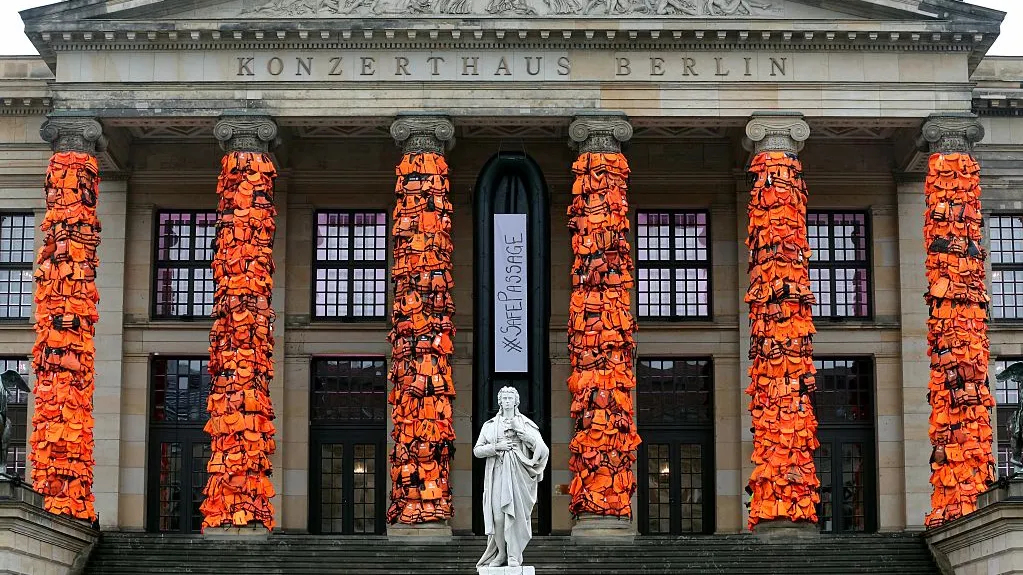

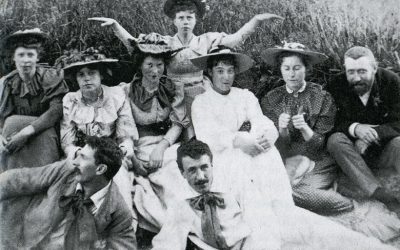
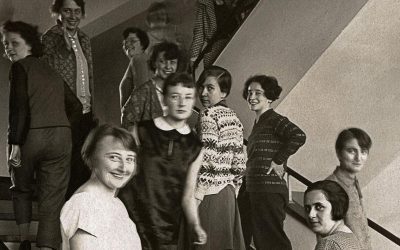
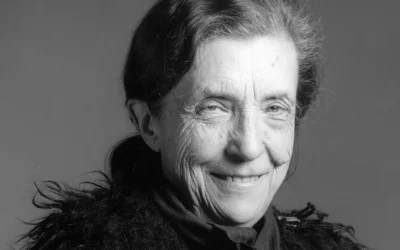
0 Comments